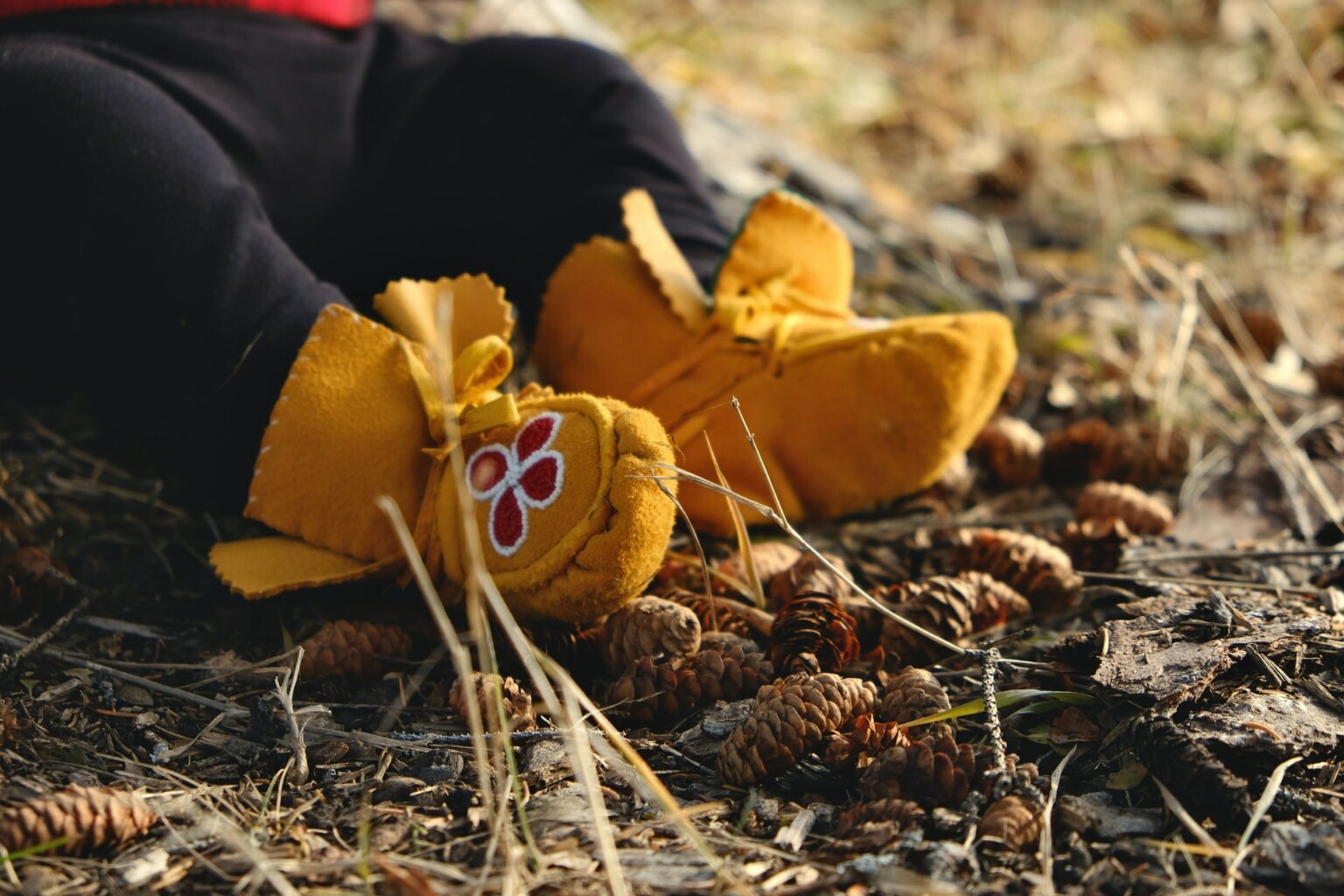- About
- Topics
- Story
- In-Depth
- Picks
- Opinion
- News
- Donate
- Signup for our newsletterOur Editors' Best Picks.Send
Read, Debate: Engage.
| December 20, 2022 | |
|---|---|
| topic: | Conservation |
| tags: | #Kenya, #butterfly farming, #deforestation, #illegal logging, #sustainable economy |
| located: | Kenya |
| by: | Bob Koigi |
On the Kenyan coast, the Arabuko Sokoke forest is the largest block of tropical forests remaining in East Africa after the other coastal forests were reduced to fragmented patches by human activity. The forest once stretched from Southern Somalia, Kenya and Tanzania up to Mozambique. This natural environment is classified as the second-most important habitat in bird conservation-value after the Congo rainforest in Central Africa.
It is recognised for its rich biodiversity as it is home to over 600 tree varieties; 230 species of mammals, among them endangered ones, like African golden cat and bushy tailed Mongoose; 250 species of birds, including rare ones such as Pemba Sunbird and Clarke’s weaver bird; and more than 230 butterfly species.
Over the years, the 42,000 hectare-forest has suffered under the hands of surrounding communities who have relied on it for their livelihood, mainly from logging trees for sale and for domestic use.
A community project introduced in 1993 to save the forest from wanton deforestation and provide sustainable livelihood to the locals has now turned illegal loggers into environmental protectors by providing them with an alternative and guaranteed source of income.
Dubbed the Kipepeo Project, which is Swahili for butterfly, the initiative introduced the communities to butterfly rearing while training them in forest conservation.
The intervention has been crucial, happening at a time when Kenya has been working to reverse the devastating impacts of deforestation, which has destroyed over 9 percent of its tree cover between 2001 and 2017.
“For the longest time, the Mijikenda indigenous community that surrounds Arabuko Sokoke forest earned their living by farming and being involved in the timber business and charcoal trading,” explained Said Omar, a community leader who was initially involved in the project. “But the wanton destruction of the forest was harming its rich biodiversity. Urgent and alternative incoming generating initiatives had to be found that would move the communities away from overreliance on the forest.”
The project that started with 150 people, and was initially greeted with scepticism, has now grown to include more than 800 members and has been replicated in other threatened forests of Kenya and Tanzania.
Community members under the project capture butterflies from the forests and transfer them to shade net cages that have plants for them to feed on. After a few days, the butterflies lay eggs that hatch into caterpillars, which are then placed in nurseries where they feed on plants until they develop into pupae. The previously captured butterflies are released back to the forest to ensure the continuity of the population.
Farmers then take the pupae to the Kipepeo Centre, where the pupae are sorted based on species and health. The farmers’ earnings depend on the number of pupae delivered and the species, some if which fetch up to $2 per pupa. They are then exported to Europe and the United States where they are used for research, displayed in butterfly houses or fashioned into home décor.
Eston Ngala has been a butterfly farmer for ten years after quitting illegal logging. On average he earns $400 every month and has been one of the fiercest champions of conserving the forest. “I relied heavily on Arabuko Sokoke forest because I was a charcoal and timber trader. We would cut trees daily to meet market demand. But when the government issued a ban on logging in the forest I struggled to take care of my family,” he recounted. “When the butterfly project was introduced to us, I had my doubts about earning from it. But since I ventured into butterfly farming, I have managed to double my income and realised the value of the forest in supporting our livelihoods.”
Eston, like the rest of the locals, constantly monitor the forest and report any suspicious activities, such as illegal logging to government authorities. To foster the sustainability of the project, scientists working on the project train the locals on how best to harvest the butterflies so as not to interfere with their population.
But the project has also been grappling with challenges. Since the butterfly market is seasonal, farmers have had to contend with delayed payments. Surplus production of pupae means farmers cannot be paid for everything they have delivered. Butterflies are also susceptible to pests, diseases and weather events, which affect the reliability of the project. During COVID-19, butterfly centres at the export market were closed, which discouraged farmers. There was concern that some of the farmers would revert to logging to earn a living.
Nevertheless, researchers say that the overall success of the project, which has been adopted by the Amani Butterfly Project in Tanzania, and has provided farmers with alternative and sustainable livelihood sources while saving endangered forests, demonstrates a large opportunity for scaling.
“The model of communities surrounding the forests earning from it and being custodians of it goes a long way in protecting the flora and fauna while taming illegal logging which even government officials are sometimes unable to handle. It is a model worth emulating world over,” Pius Mwale, a research scientist involved in the project, explained.
But beyond providing income for the locals, Pius adds, the ultimate win for the model is helping tackle climate change at a time when vulnerable communities are feeling the impacts of the environmental crisis the most.
Picuture by Douglas Pontes
By copying the embed code below, you agree to adhere to our republishing guidelines.
